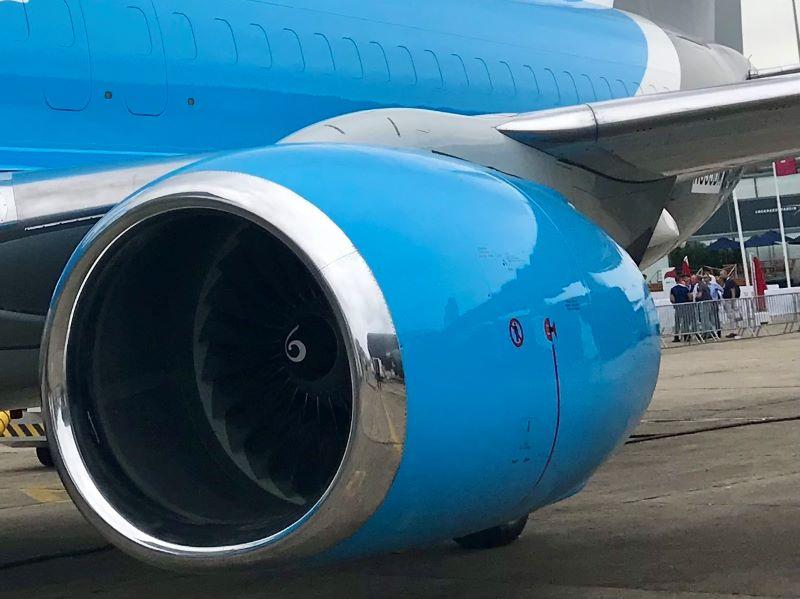
Boeing 737NG nacelle
The FAA has kicked off the process that will mandate nacelle design changes on the Boeing 737 Next Generation (NG) fleet that were prompted by a fatal accident and a related NTSB recommendation and are expected to be mandated globally.
Three notices of proposed rulemaking (NPRMs) set for release Dec. 11 codify a plan developed by Boeing and approved by the agency over the last two years.
The FAA’s timeline provides 45 days for public comment on the proposed changes.
Final rules would mandate the modifications, giving affected operators until July 31, 2028, to upgrade their aircraft. Boeing has until Dec. 31, 2029, to develop and issue a related set of maintenance instructions on mitigating risks related to leaving fan cowl doors and other access panels unlatched.
Boeing developed the changes and outlined them in an exemption request sent to the FAA in 2022. The exemptions are necessary so that Boeing can roll out the changes in phases and demonstrate the entire system complies with the regulations once all the upgrades are done. This process will get retrofits into the fleet more quickly than waiting for all the changes to be approved and implemented at once, Boeing said.
The FAA formally signed off on the plan in September.
The changes address design issues flagged in extensive reviews following two occurrences in which Southwest Airlines 737-700s suffered extensive damage when fan blades failed and parts from the affected engines’ nacelles struck the fuselage. In the higher-profile accident, in April 2018, one passenger was killed. Findings from the probe into both occurrences convinced the NTSB recommended the 737NG nacelle redesign.
The plan developed by Boeing includes three changes: new inlet spacers and fasteners, a fan cowl support beam, and a stiffer exhaust nozzle.
Boeing has designed a spacer for the inlet attachment bolts to improve structural integrity.
The company also developed upgrades to inlet aft bulkhead fasteners.
Fan cowls will get modified radial restraint fittings and added venting to help ensure they stay closed, intact, and attached to the airplane during broken fan blade, or fan-blade-out, events. Fan cowl support beam bolts are also being upgraded.
Changes to exhaust nozzle attachment area structure will improve the part’s load-handling ability, Boeing said.
Boeing has committed to getting all required service information to operators by the end of 2024. The company also must convince the FAA that the resulting nacelle “system” complies with Part 25.901(c), which stipulates that any single failure or combination of failures, excluding events calculated as “extremely remote,” will not pose unacceptable hazards.
The FAA’s mandate affects about 1,900 U.S.-registered aircraft. But the upgrade requirements are expected to be mandated globally. The Aviation Week Network Fleet Discovery database shows 6,500 737NGs in operation or storage around the world. Some of these will be retired by the expected 2028 upgrade deadlines.



